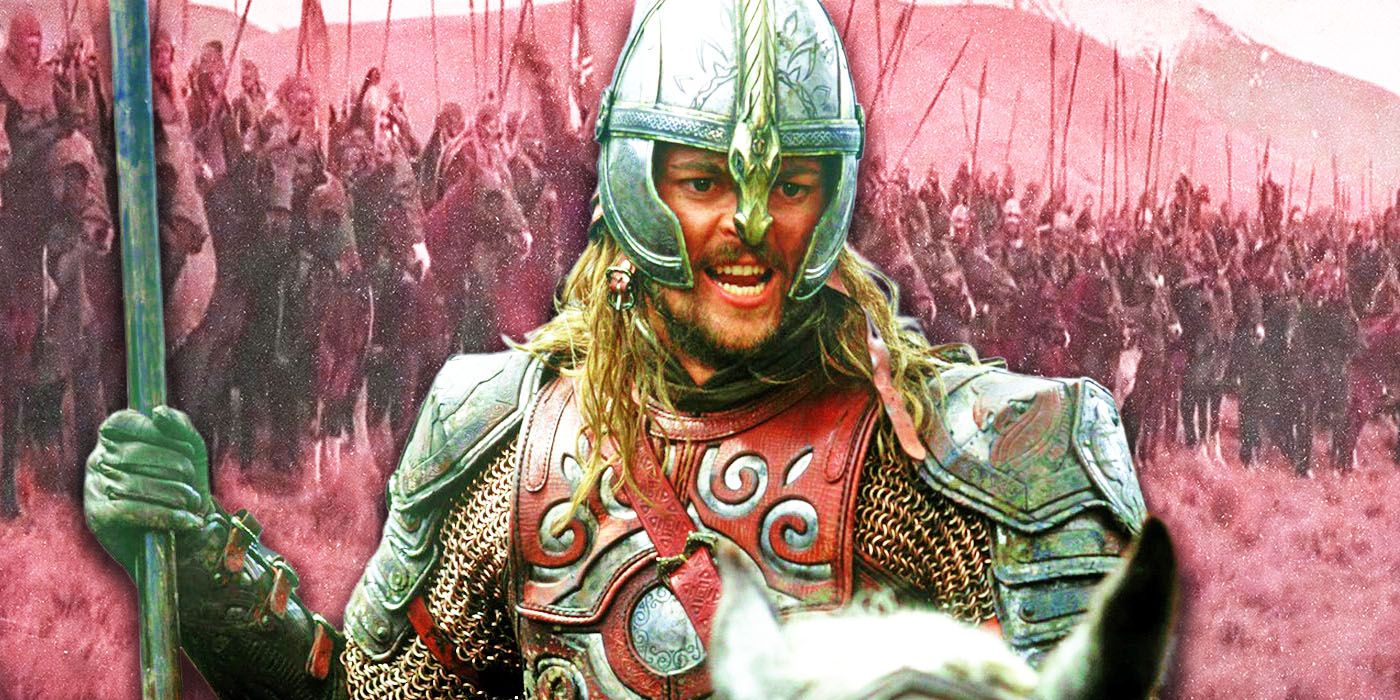
Rohan was located north of Gondor and south of Lothlórien, making it central to the War of the Ring. But by the time of The Lord of the Rings, Rohan was a relatively young kingdom, and the Rohirrim did not always live in that area. They were the descendants of an ancient group of people who had migrated often throughout Middle-earth’s history. The Lord of the Rings made brief references to Rohan’s origins, but most information about this topic came from Unfinished Tales of Númenor and Middle-earth, a collection of notes published after Tolkien’s death by his son, Christopher Tolkien.
The Rohirrim’s Ancestors Had Connections to The Hobbit
Kings of Rohan
Birth year
Death Year
Eorl the Young
T.A. 2485
T.A. 2545
Brego
T.A. 2512
T.A. 2570
Aldor the Old
T.A. 2544
T.A. 2645
Fréa
T.A. 2570
T.A. 2659
Fréawine
T.A. 2594
T.A. 2680
Goldwine
T.A. 2619
T.A. 2699
Déor
T.A. 2644
T.A. 2718
Gram
T.A. 2668
T.A. 2741
Helm Hammerhand
T.A. 2691
T.A. 2759
Fréalaf Hildeson
T.A. 2726
T.A. 2798
Brytta
T.A. 2752
T.A. 2842
Walda
T.A. 2780
T.A. 2851
Folca
T.A. 2804
T.A. 2864
Folcwine
T.A. 2830
T.A. 2903
Fengel
T.A. 2870
T.A. 2953
Thengel
T.A. 2905
T.A. 2980
Théoden
T.A. 2948
T.A. 3019
Éomer
T.A. 2991
Fo. A. 63
Elfwine
Unknown (after T.A. 3021)
Unknown
read less
The ancestors of the Rohirrim from The Lord of the Rings were the Éothéod — Old English for “horse people” — a clan of Northmen allied with Gondor. As Northmen, they were related to the Men who appeared in The Hobbit, such as Beorn and the inhabitants of Dale and Lake-town. They originally lived in Rhovanion, the large area of wilderness between the Misty Mountains and the lands of Rhûn. But in the year T.A. 1851, Easterlings from Rhûn attacked Rhovanion and Gondor. This conflict lasted for five years, and though Gondor managed to repel the invaders, Rhovanion was not so lucky. The Easterlings enslaved most of the Éothéod, and any who managed to escape subjugation had to flee from their homeland.
Some of the displaced Éothéod went to Dale or Gondor, but most followed Marhwini — a descendant of an ancient King of Rhovanion — on a journey to find a new home. They settled along the banks of the Anduin river, between Mirkwood and the Misty Mountains. In the chaos, they had ceased contact with Gondor, but this changed in T.A. 1899. Marhwini learned that the Easterlings planned to attack Gondor again, so he sent messengers to King Calimehtar. Thanks to this warning and aid from a division of Éothéod riders, Gondor repelled the invaders once more. Marhwini hoped that the enslaved Éothéod could rise and reclaim Rhovanion while the Easterlings were distracted. Though this part of his plan failed, the combined efforts of the Éothéod and the Gondorians severely weakened the Easterling forces.
The Éothéod Moved to the Witch-king’s Land
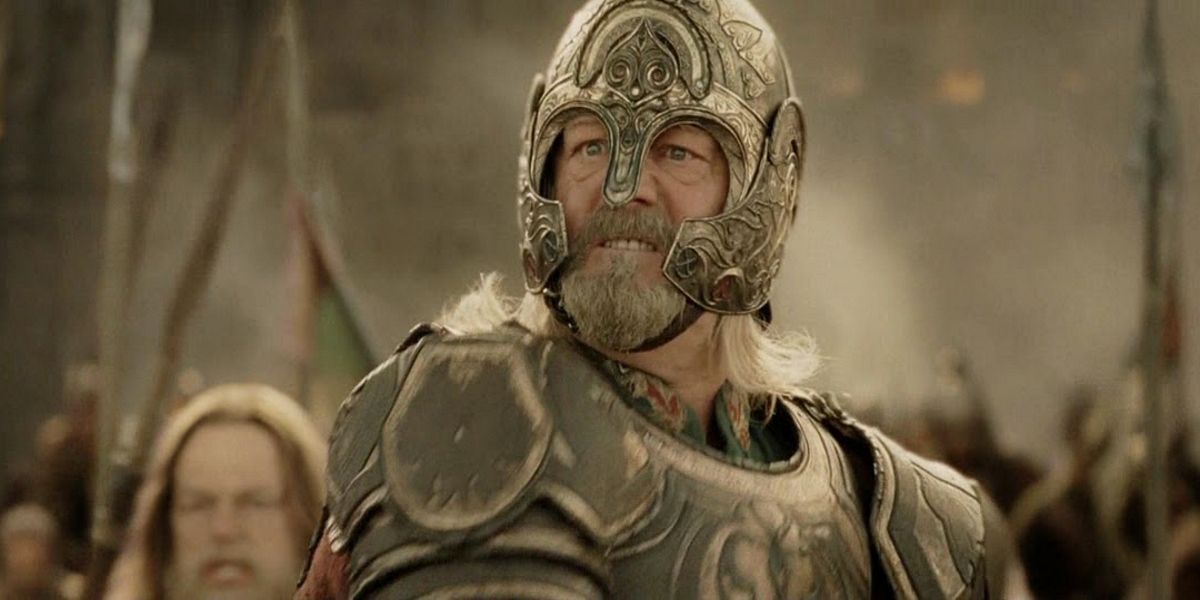
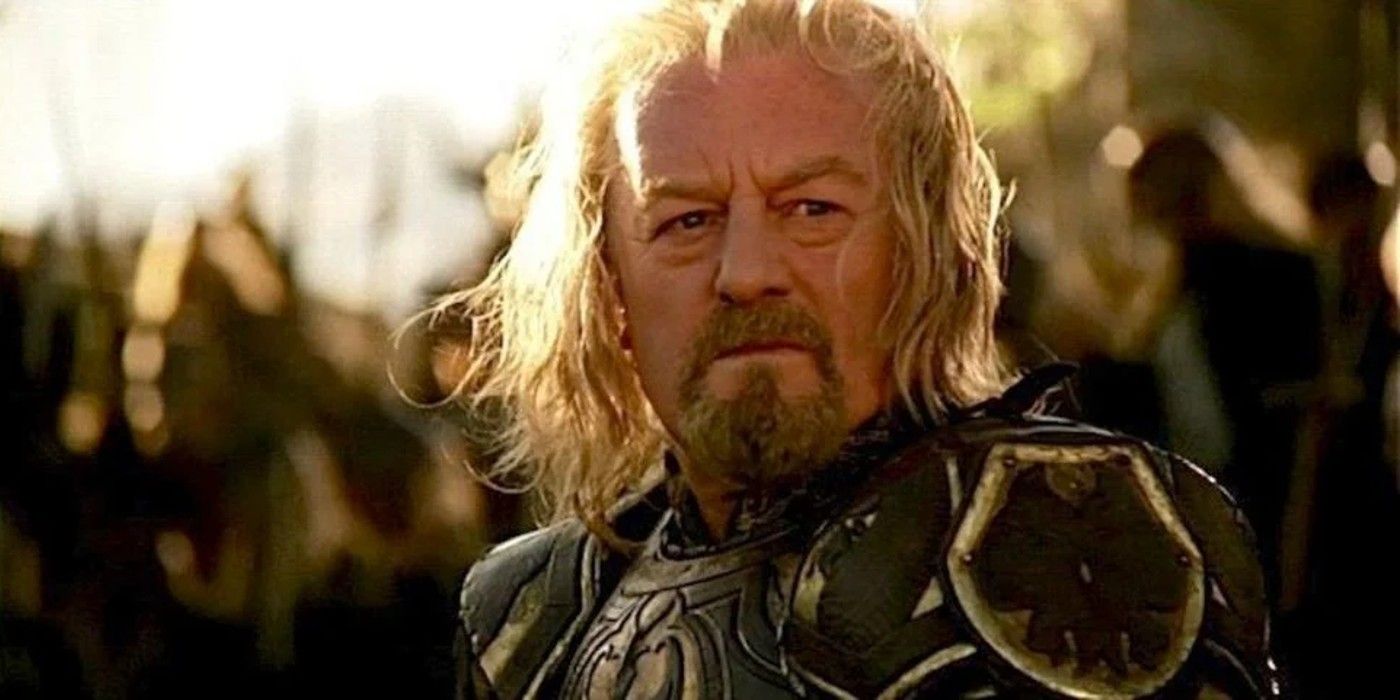
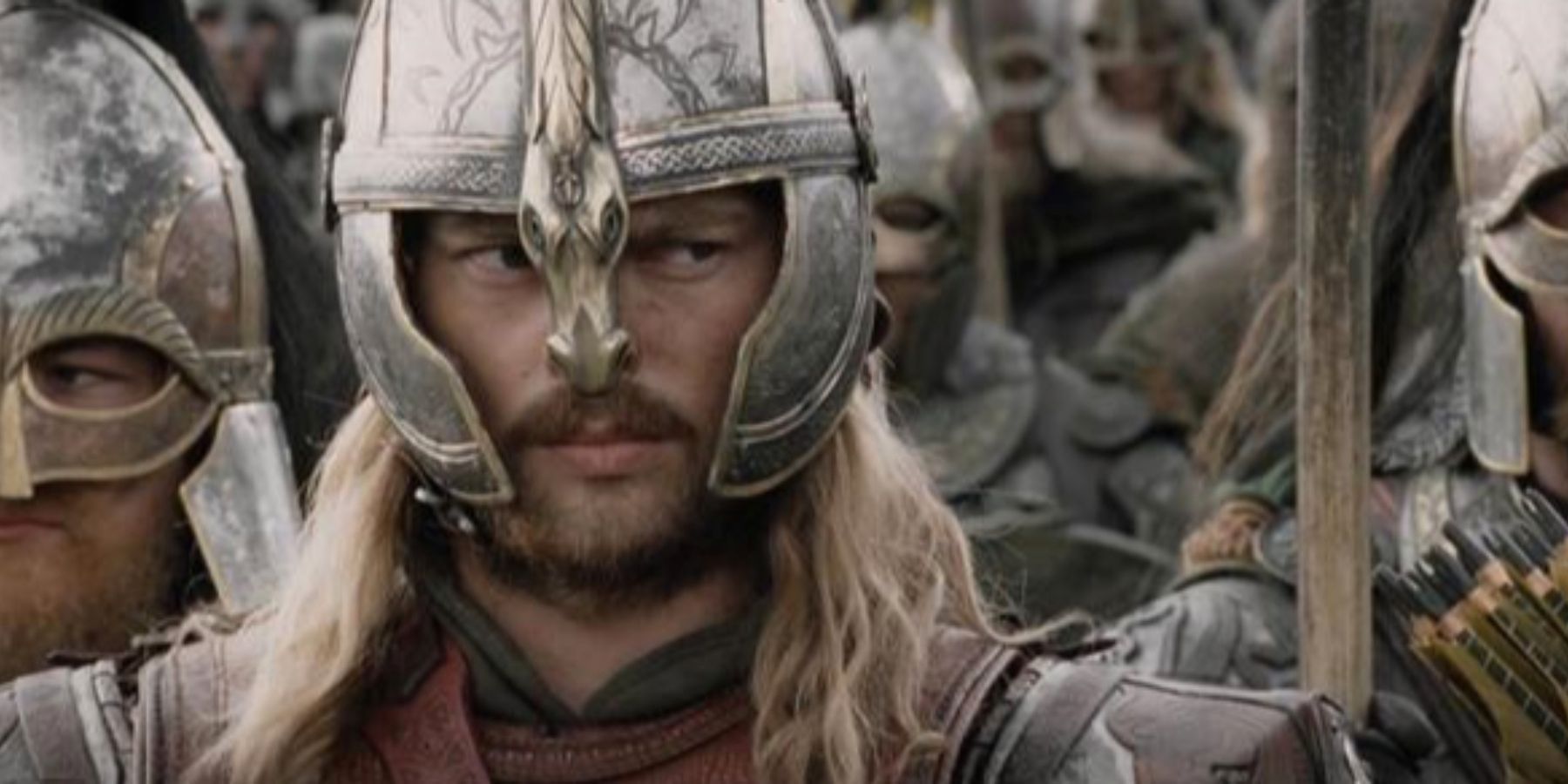
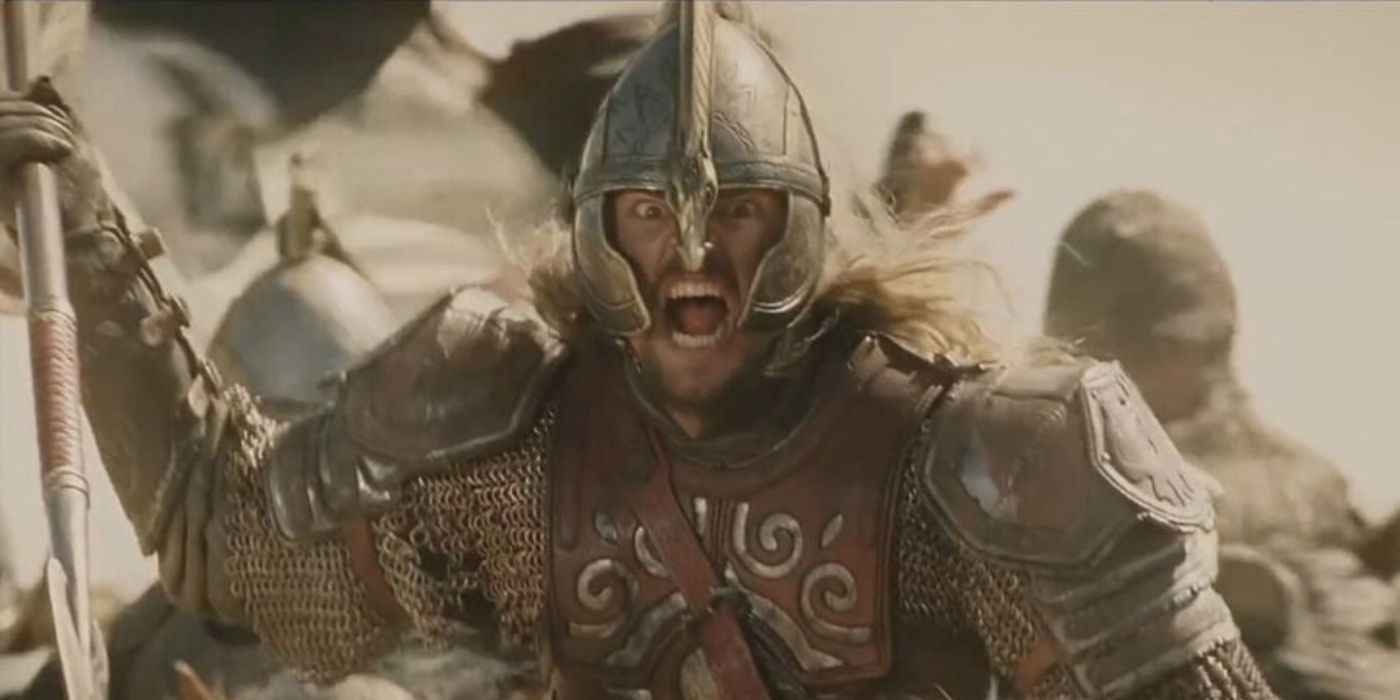
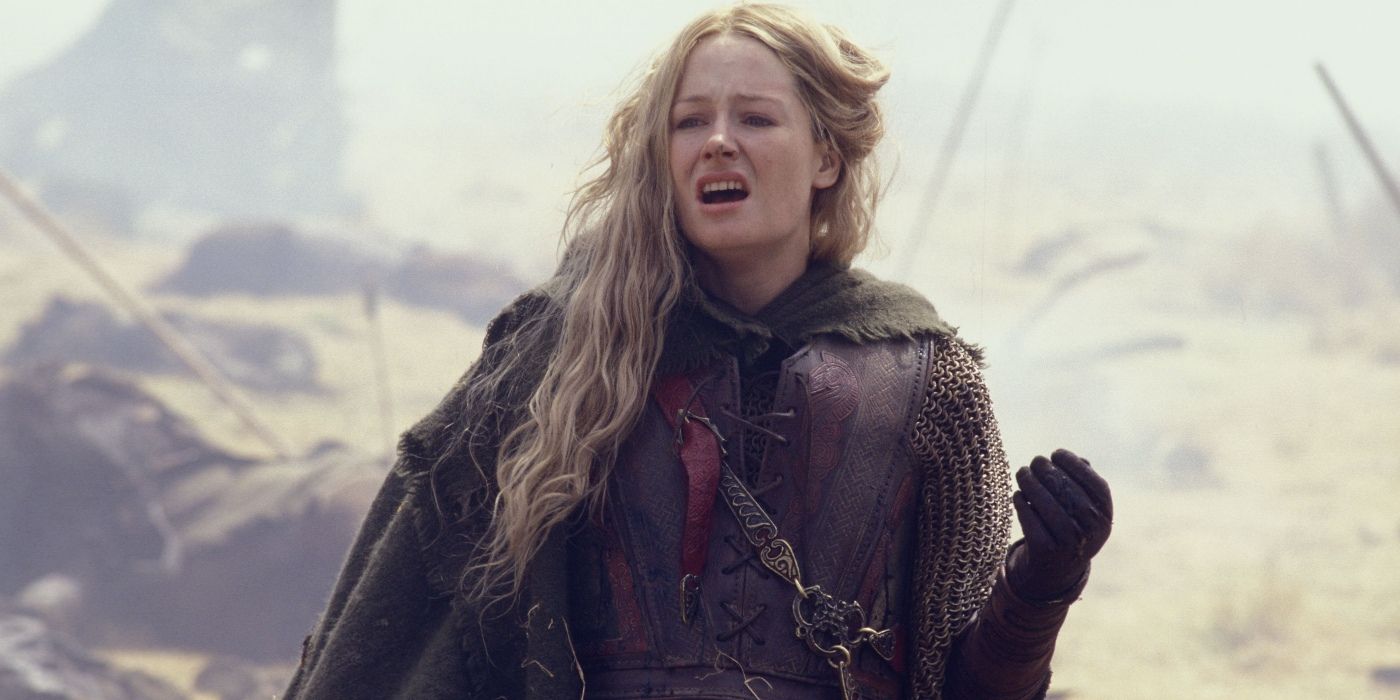
The Easterlings who attacked Rhovanion and Gondor were called Wainriders.
The Éothéod uprising in Rhovanion failed in part because the Wainrider women were trained in combat and armed with weapons, which the Éothéod did not expect.
A Lord of the Éothéod named Fram became famous for slaying an evil dragon in the Grey Mountains.
In T.A. 1975, Gondor defeated the Witch-king of Angmar, who had spent the past several centuries conquering the northwestern kingdoms of Middle-earth. The Éothéod were running out of room in their new home along the Anduin, especially since Sauron‘s evil influence in Mirkwood was beginning to encroach upon their borders, so they decided to move to the Witch-king’s former territory. Frumgar, Lord of the Éothéod at the time, led them north of Mirkwood, and they settled near Mount Gundabad. They called their new land Éothéod, and they stayed there for over 500 years, but it was still not their permanent home.
In T.A. 2501, Frumgar’s descendant Eorl became Lord of the Éothéod. He became known as Eorl the Young because he was only 16 at the time. Eorl became the first person to ever tame one of the mearas, the special breed of horse to which Shadowfax from The Lord of the Rings belonged, which was only the beginning of his impressive legacy. Nine years into Eorl’s reign, the Easterlings attacked Gondor yet again, this time aided by Orcs. They overwhelmed the Gondorian forces and conquered Calenardhon, the northernmost region of Gondor. The Steward of Gondor, Cirion, asked the Éothéod for help reclaiming this land, and Eorl obliged. He and his riders defeated Gondor’s foes at the Battle of the Field of Celebrant.
Eorl the Young Founded Rohan
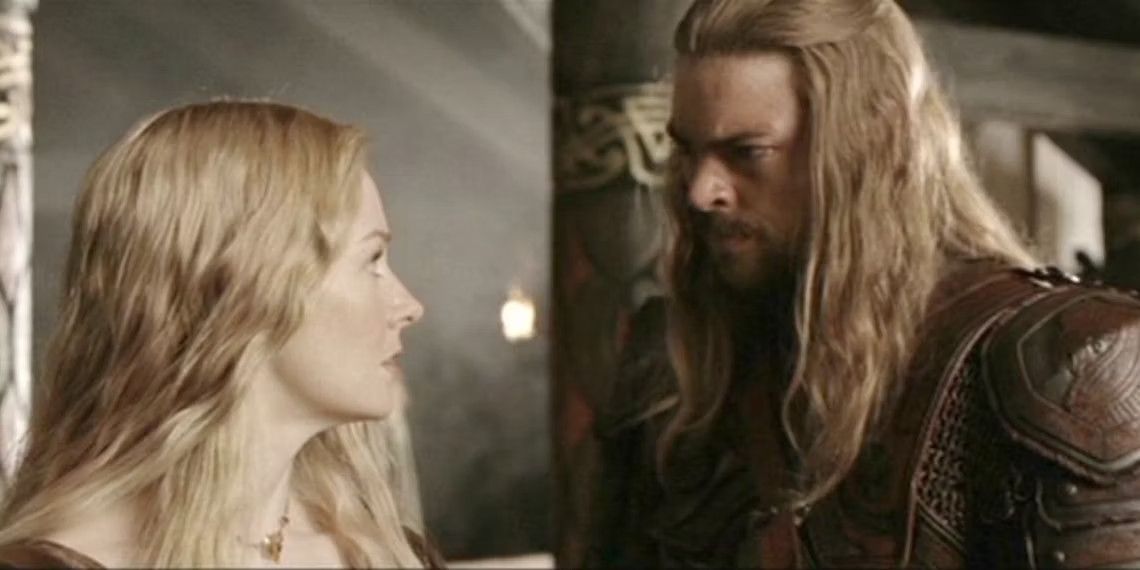
According to Appendix A of The Lord of the Rings, “horses… from the Vales of Anduin and… proud princes of Rhovanion” helped defeat Angmar; these were likely Éothéod.
The Easterlings who attacked Calenardhon alongside the Orcs were called Balchoth.
Eorl the Young lived up to his nickname, as he looked youthful for his entire life, and his hair never went gray.
Cirion was so grateful for Eorl’s help that he gave Calenardhon to the Éothéod. After forcing the Dunlendings out of the region, Eorl established the kingdom of Rohan. In the chapter “The Great River” from The Fellowship of the Ring, Aragorn said of Rohan, “It is a rich and pleasant land, and its grass has no rival.” The Éothéod made one last migration to join their king in the south, and at long last, they had a permanent home. Gondor and Rohan made their alliance official by swearing the Oath of Eorl. The two kingdoms vowed to always help each other in times of need. Gondor constructed warning beacons along the White Mountains to more easily signal danger to Rohan, which went on to play a crucial role near the end of The Lord of the Rings.
Brego, the son of Eorl and namesake of Aragorn’s horse from Jackson’s films, was the second King of Rohan. He established the capital city of Edoras, and he also ordered the construction of Meduseld, the Golden Halls of the King of Rohan. The history of the Éothéod explained much about the Rohirrim in The Lord of the Rings. They fought so fiercely to defend their hard-earned land from the forces of Saruman because they had once lost their homes, and they aided the Gondorians despite great personal risk because the two kingdoms had formed an unbreakable bond over the centuries. The influence of the Éothéod on The Lord of the Rings despite Tolkien mentioning them so briefly was proof of Middle-earth’s deep and complex worldbuilding.





